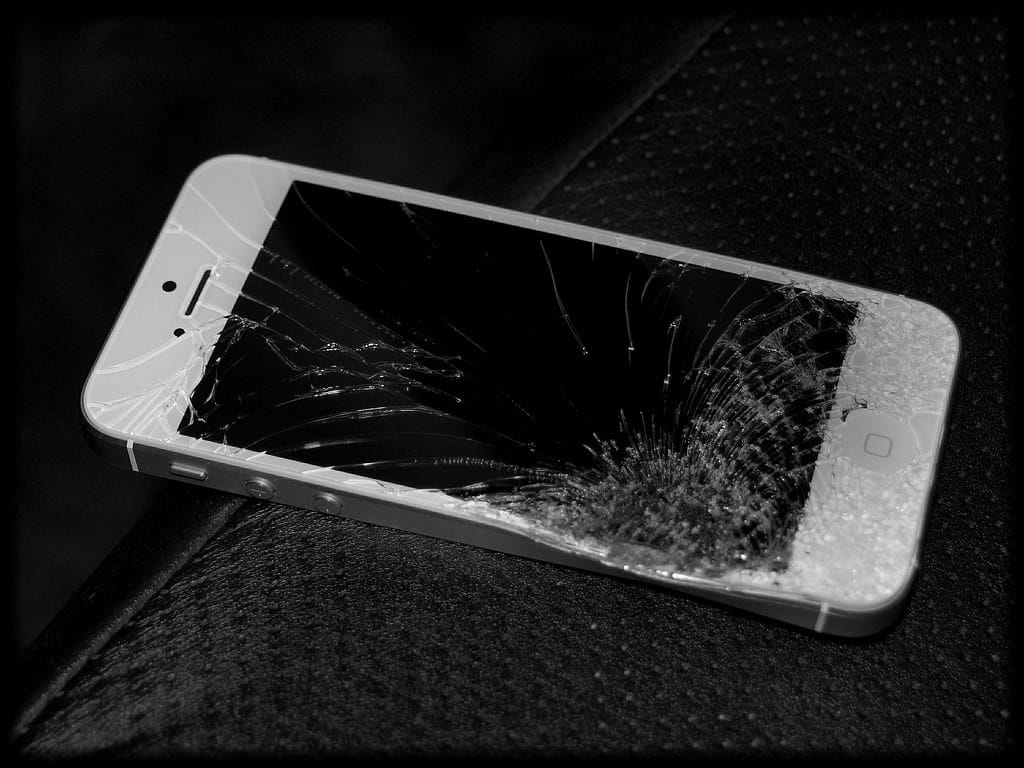AppleCare One: Apple's New $19.99 Multi-Device Insurance Plan Accepts Hardware Up to Four Years Old
Apple has quietly launched AppleCare One, a revolutionary insurance program that breaks from the company's traditional device-specific coverage model by allowing users to protect multiple Apple devices under a single $19.99 monthly plan. Most notably, the service accepts hardware up to four years old—a significant departure from Apple's typical requirement that AppleCare must be purchased within days of buying a new device.
A Departure from Apple's Traditional AppleCare Model
For years, Apple users have faced a frustrating limitation: AppleCare+ coverage had to be purchased within 60 days of buying a new device, and each product required its own separate plan. A MacBook Pro owner might pay $399 for three years of coverage, while simultaneously maintaining a separate $199 plan for their iPhone and another $79 plan for their AirPods Pro.
AppleCare One eliminates this fragmented approach entirely. The new service operates more like traditional insurance, covering multiple devices under one umbrella policy regardless of when they were purchased—as long as they're less than four years old and pass a remote diagnostic check.
What AppleCare One Covers and Costs
The $19.99 monthly fee provides comprehensive coverage across Apple's ecosystem, including:
- Accidental damage protection with service fees significantly lower than out-of-pocket repair costs
- Hardware failure coverage beyond standard warranty periods
- 24/7 technical support from Apple specialists
- Express replacement service for covered devices
- Coverage for accessories like AirPods, Apple Pencil, and MagSafe chargers when damaged alongside a covered device
Users can add devices to their plan at any time, provided the hardware passes Apple's diagnostic requirements. This represents a fundamental shift toward the subscription-based services model that now generates over $78 billion annually for Apple.
The Four-Year Rule: Opening Doors for Older Hardware
Perhaps the most significant aspect of AppleCare One is its acceptance of devices up to four years old. Previously, a 2020 MacBook Air owner who didn't purchase AppleCare+ at the time of sale had no path to official Apple coverage. Now, that same device remains eligible through 2024.
This policy change acknowledges how consumers actually use Apple products. According to industry analysts, the average iPhone replacement cycle has extended to 3.2 years, while Mac users typically upgrade every 4-5 years. By accepting older hardware, Apple taps into a massive installed base that was previously excluded from premium support services.
Remote Diagnostics: The Gatekeeper
Before enrolling older devices, Apple requires a comprehensive remote diagnostic scan. This process checks battery health, hardware integrity, and overall device condition. While Apple hasn't disclosed specific rejection criteria, devices with significant existing damage, degraded batteries below certain thresholds, or signs of liquid damage likely won't qualify.
The diagnostic requirement serves dual purposes: it prevents adverse selection (users only enrolling devices they know will need repairs) while ensuring Apple maintains profitable margins on the service.
Market Implications and Competition
AppleCare One positions Apple more competitively against third-party device insurance providers like Asurion and SquareTrade, which have long offered multi-device coverage. However, Apple's advantage lies in its integration with the broader ecosystem—authorized repairs, genuine parts, and seamless service experiences that third parties cannot match.
The timing is strategic. As Apple's hardware sales face headwinds from longer replacement cycles and economic uncertainty, services revenue becomes increasingly critical. AppleCare One transforms device protection from a one-time purchase into a recurring subscription, potentially generating significantly more lifetime value per customer.
The Bottom Line
AppleCare One represents Apple's most customer-friendly insurance offering to date. For households with multiple Apple devices, the $240 annual cost often represents significant savings compared to individual AppleCare+ plans, while the four-year eligibility window opens coverage to millions of previously excluded devices.
However, the true test will be in execution—diagnostic approval rates, claim processing efficiency, and whether the service delivers the premium experience Apple customers expect. If successful, AppleCare One could become a template for how technology companies bundle ongoing services around their hardware ecosystems, transforming one-time buyers into long-term subscribers.
For Apple users juggling multiple devices without coverage, AppleCare One offers an compelling value proposition that finally aligns device protection with how people actually use technology in 2024.
